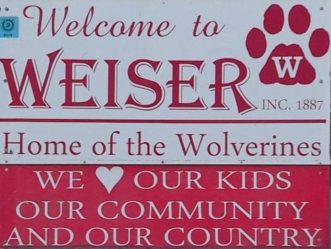Who ever heard of the Glasscocks “G is for George Washington’s Ball?”
G is for a cousin, married MAJOR GEORGE & CAPT. WM. Glascock, he leased land to JOHN GLASCOCK and made a state to visit COL. WM. GLASCOCK home. L is for Lafayette, a street named in his home town, Lagrange, France, after PETER GLASCOCK and Peter reciprocated in Paris, Virginia. A is for Abe Lincoln, fought in the Blackhawk War under 1st LT. GEORGE W. GLASCOCK and spoke to KIM & MATT GLASCOCK, the 1st Lincoln “Railsplitters” at the Charleston Debate. S is for Samuel Clemmens was a friend of STEPHEN GLASCOCK and wrote of Tom Sawyer and Huck Finn on Glascock’s Island near Hannibal, Missouri. S is For Samuel Pepy,s wrote in his famous diary of visiting his “cozin” CHARLES GLASCOCK. C is for Count Casimir Pulaski, was rescued by his friend CAPTAIN ( later General) THOMAS GLASCOCK at the Battle of Savannah. O is for O’Bannons, were neighbors and friends of many Fauquier Co. Va. GLASCOCKS, Presley O’Bannon was the marine “Hero of Tripoli”, who led the attack on the Barbary Pirates. C is for Colonel John S. Mosby, the Civil War “Gray Ghost” recuperated from wounds at the home of AQUILLA GLASCOCK. K is for King Carter, Virginia’s richest planter, acquired THOMAS GLASCOCK plantation. S is for Sam Houston, knew GEORGE W. GLASCOCK who fought at the “Siege of Bexar”(San Antonio) prior to the Alamo defeat and after whom Glasscock County, Texas was named. (14)






